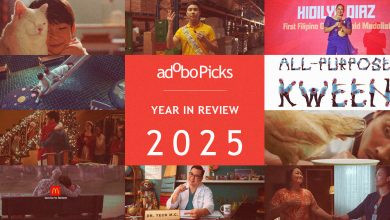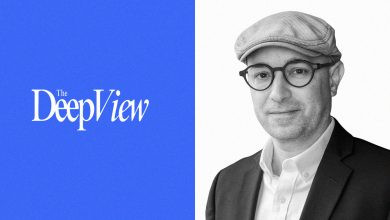MANILA, PHILIPPINES — For Chris Aguilar, Rakuten Viber’s Marketing Director in APAC, brands need to be able to provide value.
Being in the tech sphere, it can be easy for a digital messaging platform like Viber to capitalize on the ever-changing digital landscape, one-upping competitors with trends and features. But while keeping up in the fast-paced industry is essential, it is the timeless ability to deliver value to consumers, beyond shiny new capabilities, that has driven Viber’s approach with their consumers to positive results. The platform recorded significant growth in its user base in 2020, where its number of users increased by 421% in December.
These include launching Viber Pay in selected countries across the region, providing a secure way to send and receive money from loved ones who live abroad, as well as Viber Channels and Communities, which helped bridge the gap in the online schooling setup in Nepal and Myanmar amid the pandemic.
An advertising strategic planner by training, Chris employs a people-centric perspective to solving marketing challenges — understanding a campaign’s objectives, people’s pain points, and what motivates them to create executions guided by empathy. Chris talks to adobo Magazine about how creating value and experiences for people can strike brand wins.
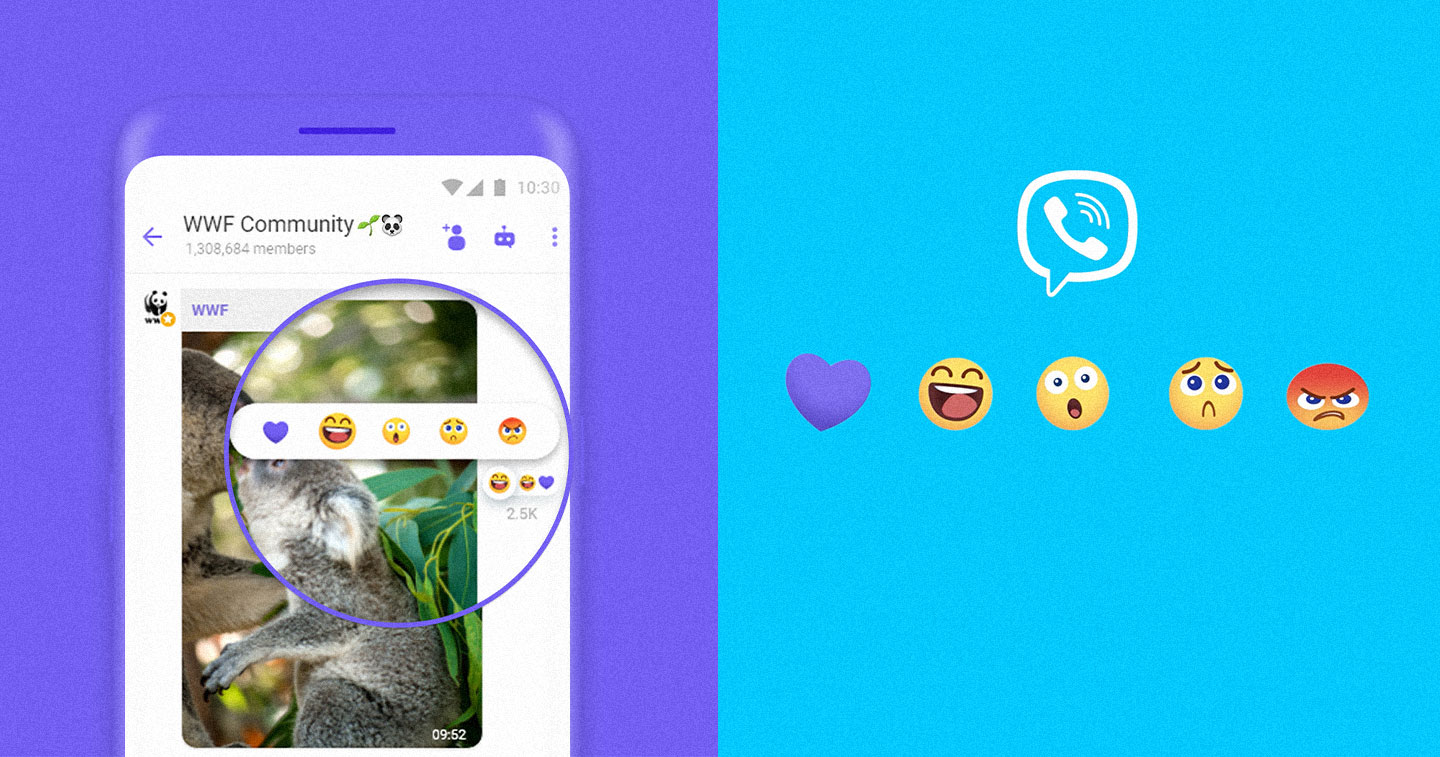
adobo: The field of marketing has evolved in the past decade — more so in the past two years. How do you foresee the industry moving forward from here?
Chris: Marketing should always be driven by the consumer’s needs and their behavior. As we now are starting to come out of the pandemic and people are now dealing with inflation as well, what and how they buy will continue to change.
Because consumer behavior should drive marketing, marketing should be at the center of the conversation with the entire commercial organization to manage these changes. The goal should be to not only deliver campaigns that speak to and engage with consumers, but help to drive the way products are developed and the consumer experience is crafted.
The pandemic has also sped up digital adoption in Asia-Pacific, accelerating several digital trends to the fore such as the cookieless race or XR tech, for instance. How does this affect your brand, and how are you coping with these looming digital changes?
It’s easy to get caught up in trends and what’s new and hip, but as these changes start to happen, I think that brands need to take a look first at value. They need to ask themselves, “How will jumping on this new trend provide more or new value to the people that buy or use my brand or product?”
And it is this approach of looking at providing value to the people that use Viber, that drove the launch of Viber Pay. Being able to provide a secure way to send and receive money between our current user base, often those that are communicating with their relatives and loved ones who live abroad was a big insight in developing the product.
While Viber Pay is not yet available in the Philippines, with our strong user base here in the Philippines and the fact that so many people have relatives that live abroad, we are looking forward to soon being able to extend this value to Filipinos both here and those living abroad.
Consumer behavior has changed rapidly in the past two years. Halfway into 2022, what are your insights on this new consumer behaviour and how has this affected your marketing framework, objectives, and strategies?
What’s interesting now is that while we’re seeing life return to somewhat normal, this is again creating new behaviors and new realities for both brands and people. As people move from a life lived largely online, to a new hybrid of both, we need to continue to adapt and optimize what we do to meet these changes.
For example, during the pandemic, we launched a few quite successful projects in Nepal and Myanmar focusing on online education. We focused on working with schools and education boards to create Viber Channels and Communities that played an important role in the online schooling setup at the time. These channels and communities were used for students to get support on homework and classes from their teachers as well as from other students. They also became an online resource for homework and sharing lesson plans, etc.
But as physical classes started to return, the way that people were using and engaging in the Viber Channels and Communities started to change. This led us to shift our previous model and create something new that works in a hybrid school setup. We also had to adjust our strategy and change how we drove engagement and growth.
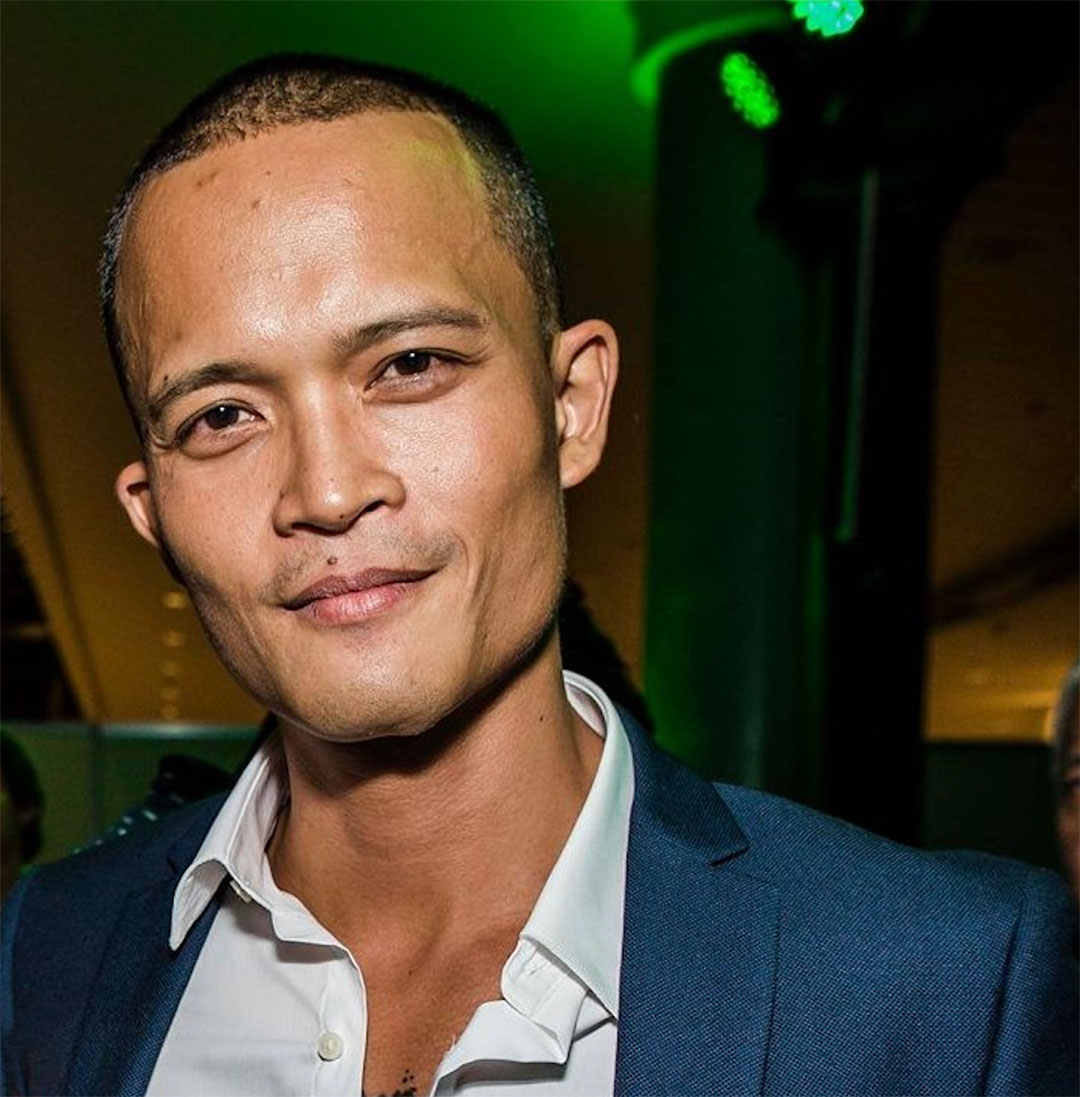
In your opinion, how important is it for brands and marketers to create a brand experience for their consumers? What should brands take note of in conceptualizing these experiences, especially in 2022?
We’ve heard so much over the past few years about the “Experience Economy” and how it’s the key to Gen Y and Z consumers. Being able to create impactful and effective experiences can be extremely beneficial for some brands that can often seem distant or intangible to some consumers. And while some brands have really been able to capture the essence of this and do it well, others I’ve seen have sadly just tried to ride the trendy wave and created somewhat “forced” brand experiences.
But now as we’re coming out of lockdown, people are really hungry to connect, to go to live events as well as brand experiences. I think it’s a perfect time for brands to get out there and create experiences for people, and it’s almost like you can’t go wrong, though do remember to have the relevant safety protocols in place.
But what will always be important in crafting brand experiences, is to remember to create a relevant connection with people before, during and after the experience. That way an experience is less of a tactical event, but something that is thoughtfully created and is part of the complete user journey. When it can be executed like this, not only will it be more meaningful to people, but will always deliver better ROI and drive commercial growth.
What makes an effective campaign? Could you share with us your creative process? Can you share with us some case studies or campaigns that you have done that showcase the points on effectiveness and your creative thinking process as shared above?
The creative process in planning an effective marketing campaign is really an odd thing, I think that if you ask 10 creatives or marketers about their process, you’ll get 10 very different answers. Because everyone is different, and their approach to creative problem solving is different.
Though what I feel is an effective approach for me is to start at that point, to look first at people. Who are they, why are they facing the challenge they’re facing, what motivates them. Then from there, look at the brand, and see how it can solve these challenges for people, not users, not consumers, but people. I was very fortunate when I started in advertising as a Strategic Planner, to have great mentors who always impressed this fact on me. And I try to take this approach into how we plan our campaigns for Viber across APAC.
For example in Myanmar, while we have a very strong base, the volatility in the political and economic outlook, make things quite unstable for most of the people living there. With that insecurity still in the air, we saw that people were craving for inspiration and to be able to express themselves.
Leveraging this insight we worked with 2 creators and launched some amazingly successful channels (Shin Yoon and Kyay Ko) around poetry and daily inspirational quotes. In these Viber Channels not only have we seen amazing growth, but excellent engagement with high-quality content.
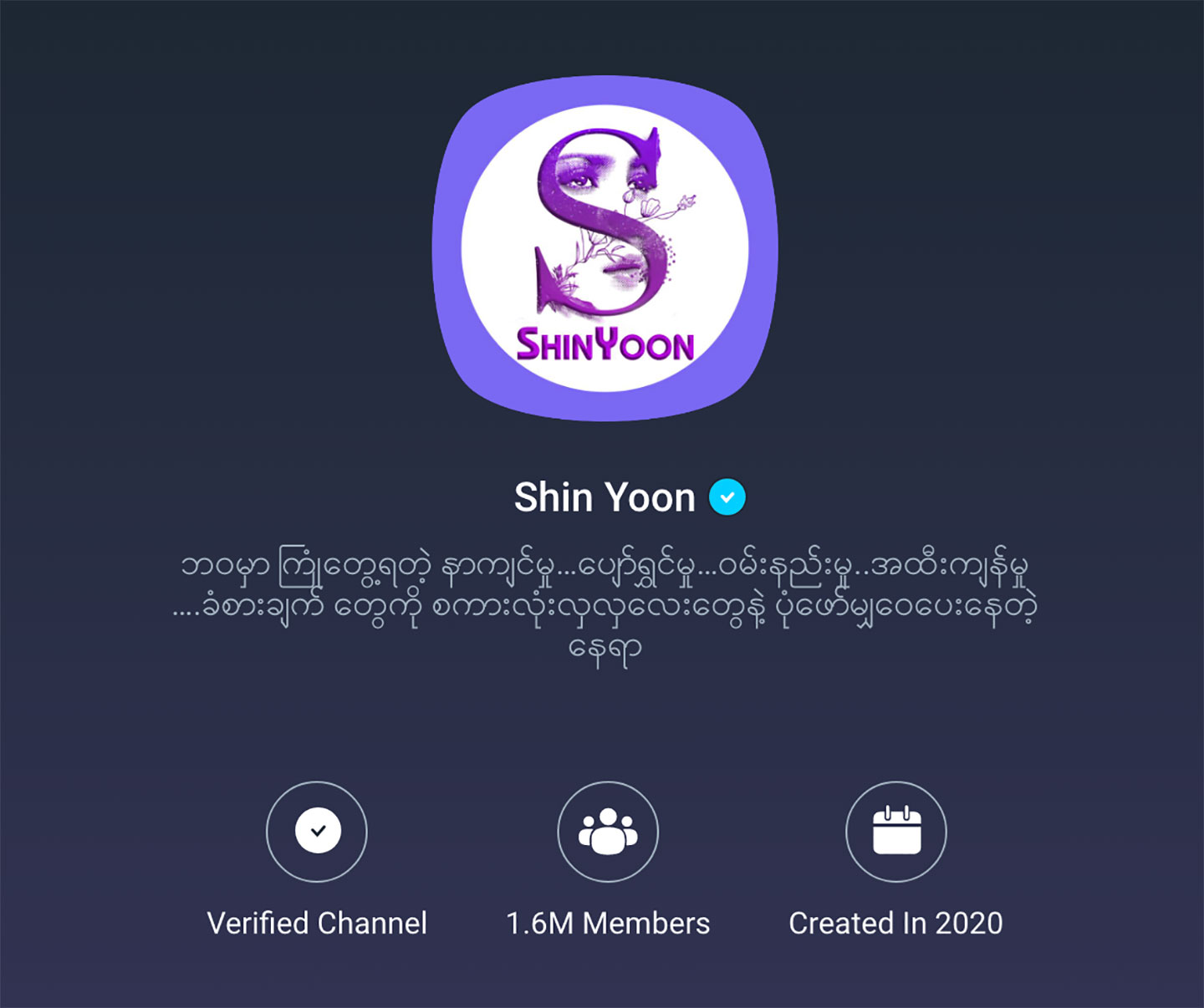
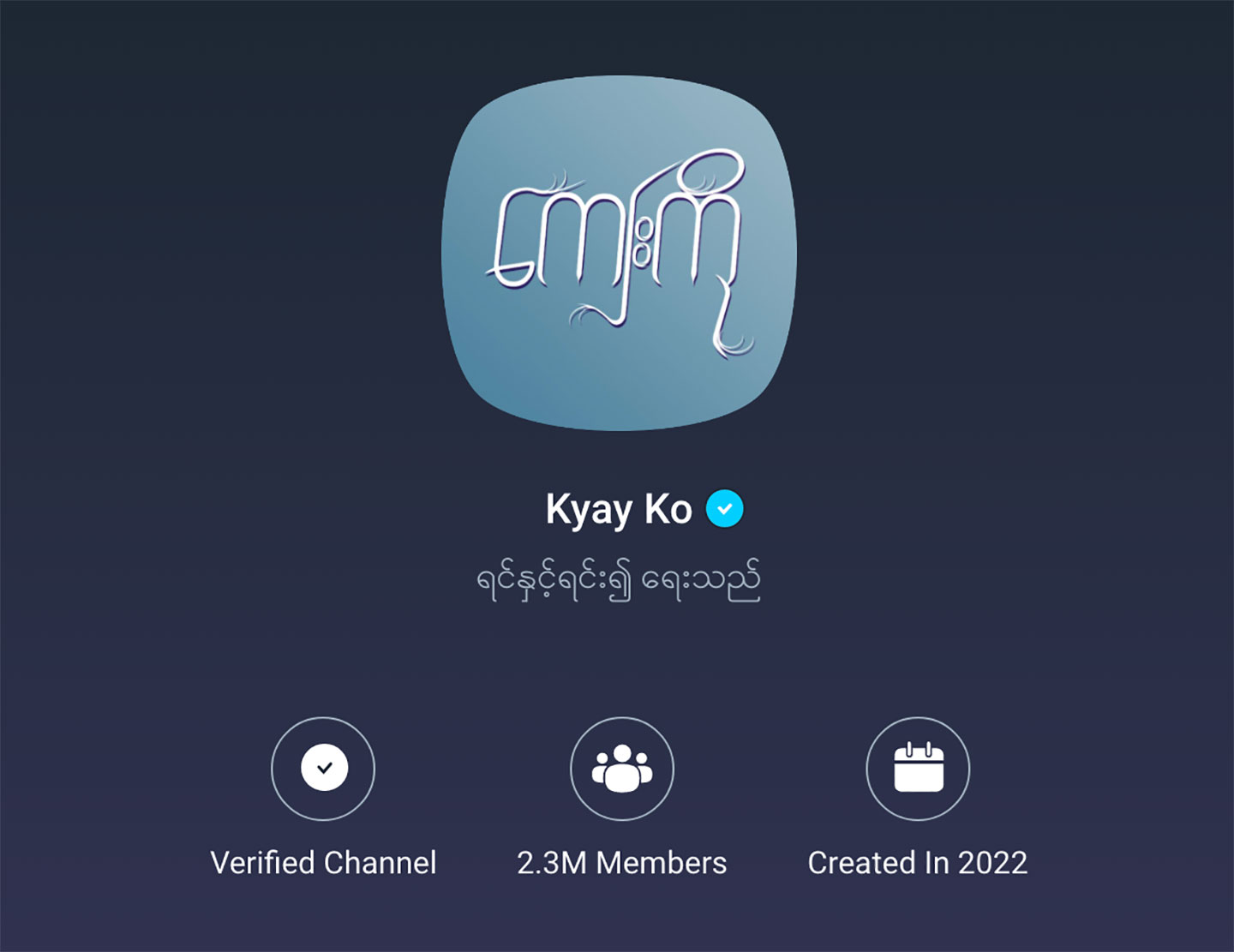
In Vietnam for the 2022 SEA Games, we saw that fans of the National Football team wanted to have a place to support the team and connect leading up to the Games.
To help support fans, we worked with a local TV network (Vietnam Tien Len) to create a Viber Channel and special edition Viber Lenses that helped to celebrate the 12th Man, who, if you’re a football fan, are the fans! This channel helped to bring the fans closer to the players by giving them an inside look into how the team was preparing for their matches and the rest of their daily lives. It was also used to give updates on upcoming matches, ticket information and live updates.
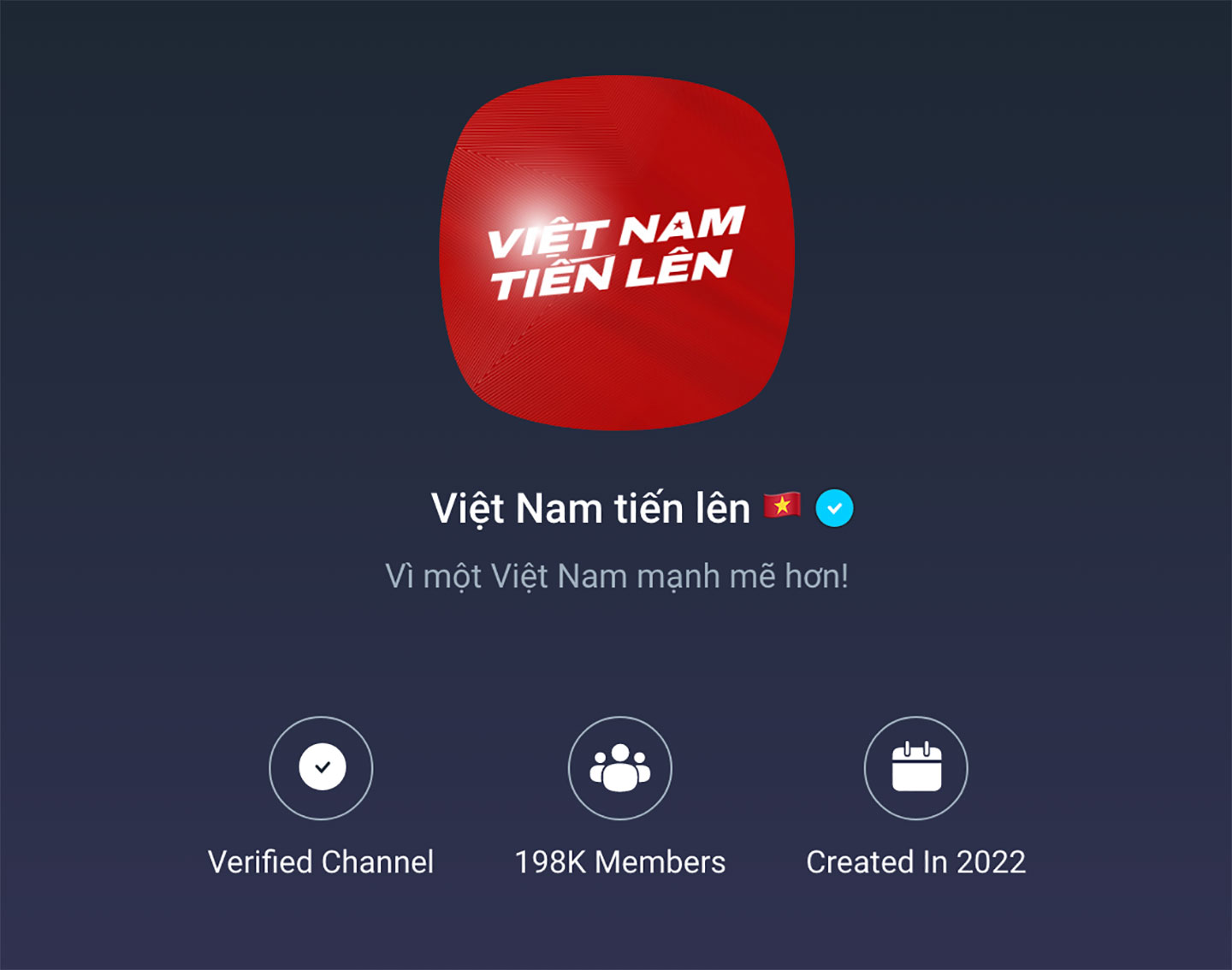
Bringing it closer to home, in the Philippines, we leveraged an insight into music fans and how rare it is to get the chance to get a backstage pass to their favorite artists.
This led us to launch one of our most successful campaigns in the Philippines with a Viber Channel aptly named, Backstage Pass. We launched this campaign with Sponge Cola, then had upcoming artists, JMKO and Lesha and now have one of the hottest P-Pop bands, BGYO, taking over the Channel now. This Channel is not only a place where fans can engage directly with their favorite artists, but has also served as a viewing companion for fans who are not able to attend the bands live events or concerts. During these shows, in the Channel the fans can request songs or shoutouts, get live backstage tours and behind the scenes content, as well as enjoy together with other fans.
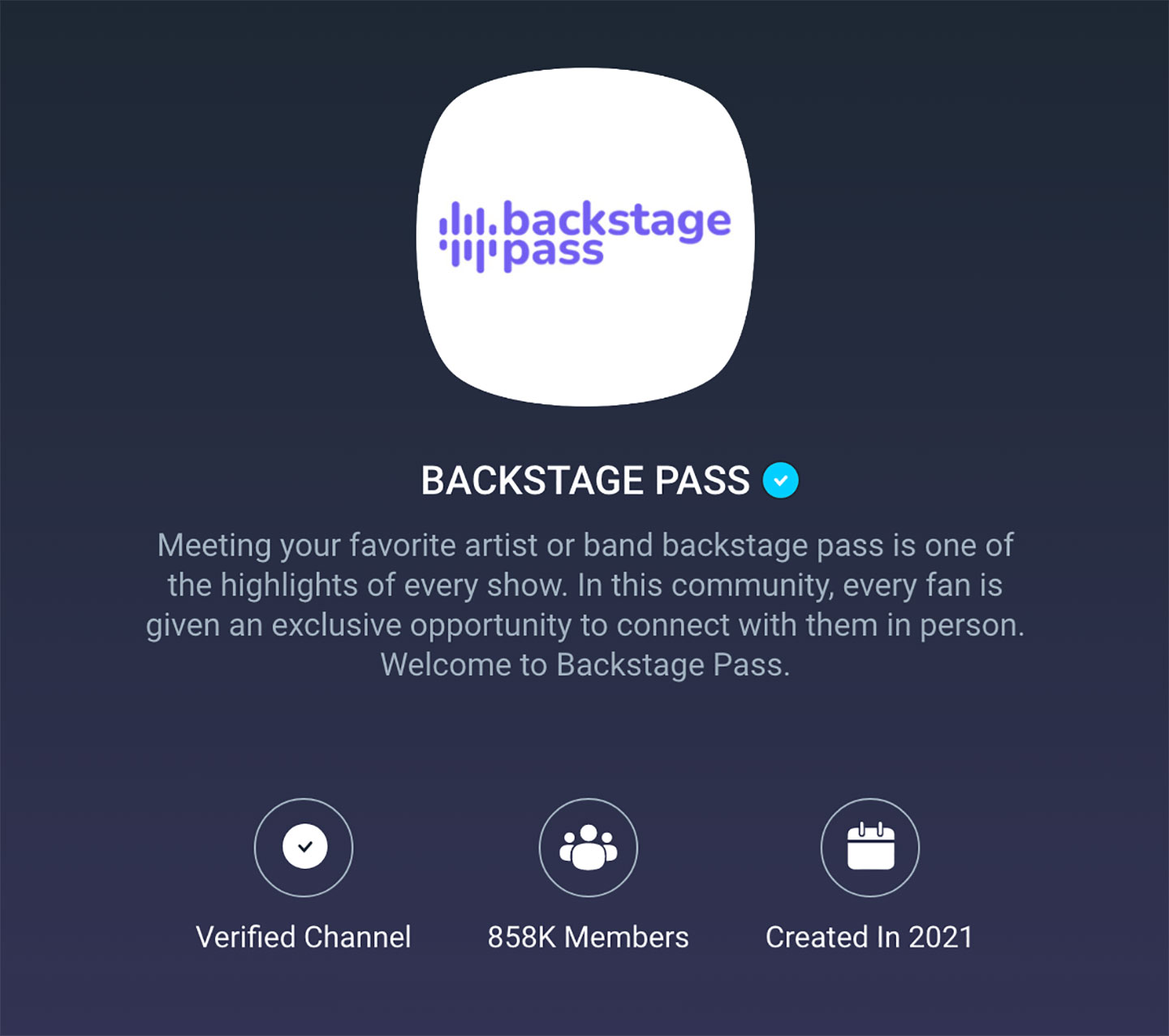
What are your thoughts on a collaborative marketing process? Your partner agencies play an important role in ensuring a successful collaboration. Who are these key teams that you work with and how do you ensure a smooth and effective work dynamic?
Let’s be clear: finding a good agency and creating a great, collaborative relationship that results in not only great creative work, but effective work that drives business, is really hard.
While I can say that I’ve had the privilege of working with some great agencies over the years, it doesn’t happen by magic as anyone can attest to. It takes a lot of commitment and time on both sides to make it work. There needs to be an understanding of what the objective of the campaign is, what drives the business, where the source of growth is going to come from, what the focus media channels need to be, how the creative and strategy will be assessed and implemented, and the list goes on.
And while everyone loves a good creative idea and creatives are often the stars of the agency, in my opinion its strategic planners that make everything come together. Being able to understand the objective and craft the strategy that guides the work cannot be underestimated. And because I am a former agency strategic planner, I naturally have a bias for strategy.
Brand purpose and authenticity have been front and center in campaigns in recent years. How do these tie into your brand story and in creating customer relationships?
Viber has always been and will always be about connecting people with total security and privacy, no matter who they are or where they’re from. Privacy and security has been a big part of our campaigns over the years and it’s been something that has helped to establish our brand.
It’s important for people to know that they can trust and depend on the brands they choose to use and interact with on a daily basis. And for Viber, we’ve been able to build that image of private and secure over the years, so then when we build and create campaigns focusing on the “connection” part, we can build off our strong purpose of being a trusted, secure platform, and then really engage with people in a deep and meaningful way.
What marketing trends or projections are you most keen to see materializing this year?
I’m excited to see how brands and marketers continue to find ways to merge online and offline experiences with a fully consumer lifecycle approach.
I love fully integrated experiences that begin at the moment of discovery, to purchase/experience, then moving on to the post-purchase/experience where customer support and CRM rounds things out.
adobo presents Meet the Remarkable Marketers of Asia 2022 Series, where we feature some of the most fearless, agile, and creative brand leaders across Asia. They share inspiration, insights, and key learnings that have shaped their business, from surpassing industry benchmarks and launching effective campaigns, to initiating best practices as they navigated through uncertain times.




